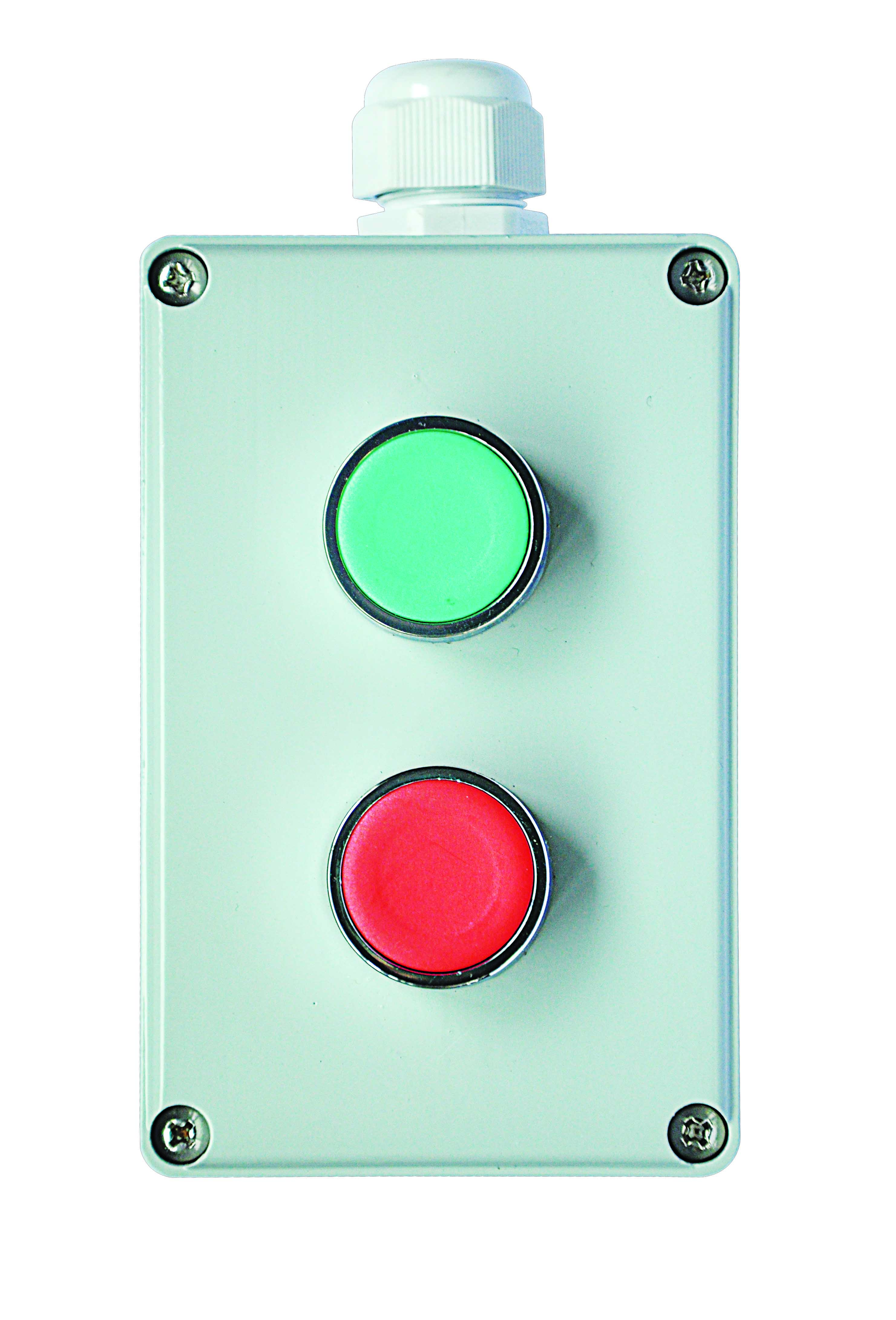
J Pers Soc Psychol 17(2):124–129Įstes Z, Adelman JS (2008a) Automatic vigilance for negative words in lexical decision and naming: comment on Larsen, Mercer, and Balota (2006). Behav Res Methods 43(2):441–448Įkman P, Friesen WV (1971) Constants across cultures in the face and emotion. PLoS ONE 6(8):e23743īriesemeister BB, Kuchinke L, Jacobs AM (2011b) Discrete Emotion Norms for Nouns: Berlin Affective Word List (DENN-BAWL). The Center for Research in Psychophysiology, University of Florida, Gainsville, FLīriesemeister BB, Kuchinke L, Jacobs AM (2011a) Discrete emotion effects on lexical decision response times. Psychon Bull Rev 18(3):579–585īorowsky R, Besner D (2006) Parallel distributed processing and lexical-semantic effects in visual word recognition: are a few stages necessary? Psychol Rev 113(1):181–195īradley MM, Lang PJ (1999) Affective Norms for English Words (ANEW): Stimuli, instruction manual, and affective ratings.
#PSYSCOPE BUTTON BOX HOW TO#
Mem Cogn 8(6):493–512īermeitinger C, Wentura D, Frings C (2011) How to switch on and switch off semantic priming effects for natural and artifactual categories: activation processes in category memory depend on focusing specific feature dimensions. J Exp Psychol Hum Percept Perform 5(2):252–259īecker CA (1980) Semantic context effects in visual word recognition: an analysis of semantic strategies. Cognitive Science Society, Boston, MA, pp 525–530īecker CA (1979) Semantic context and word frequency effects in visual word recognition. In: Carlson L, Hölscher C, Shipley TF (eds) Proceedings of the 33rd Annual Conference of the Cognitive Science Society. Mem Cogn 11(3):211–227īazzanella B, Bouquet P (2011) Associative and categorical priming in recognition of individuals. Behav Res Methods 39(3):445–459īarsalou LW (1983) Ad hoc categories. These results support the notion that emotion word processing may be moderated by distinct systems.īalota DA, Yap MJ, Cortese MJ, Hutchison KA, Kessler B, Loftis B, Neely JH, Nelson DL, Simpson GB, Treiman R (2007) The English Lexicon Project. The overall pattern of effects indicates that positive words are always facilitated, frequency plays a greater role in the recognition of negative words, and a “negative” category represents a somewhat disparate set of emotions. Responses to negative words, however, were no different than those to neutral words, regardless of their frequency. Positive words again elicited faster responses than did neutral words. In Experiments 2a and 2b, explicit categories (“positive,” “negative,” and “household” items) were specified to participants. While positive words consistently elicited faster responses than neutral words, only low frequency negative words demonstrated a similar advantage. A significant emotion–frequency interaction was obtained, replicating past research.


In Experiment 1, “positive” and “negative” categories of words were implicitly indicated by the blocked design employed. Word frequency was additionally manipulated. Positive, negative, and neutral words were presented in lexical decision tasks.

We examined the categorical nature of emotion word recognition.


 0 kommentar(er)
0 kommentar(er)
